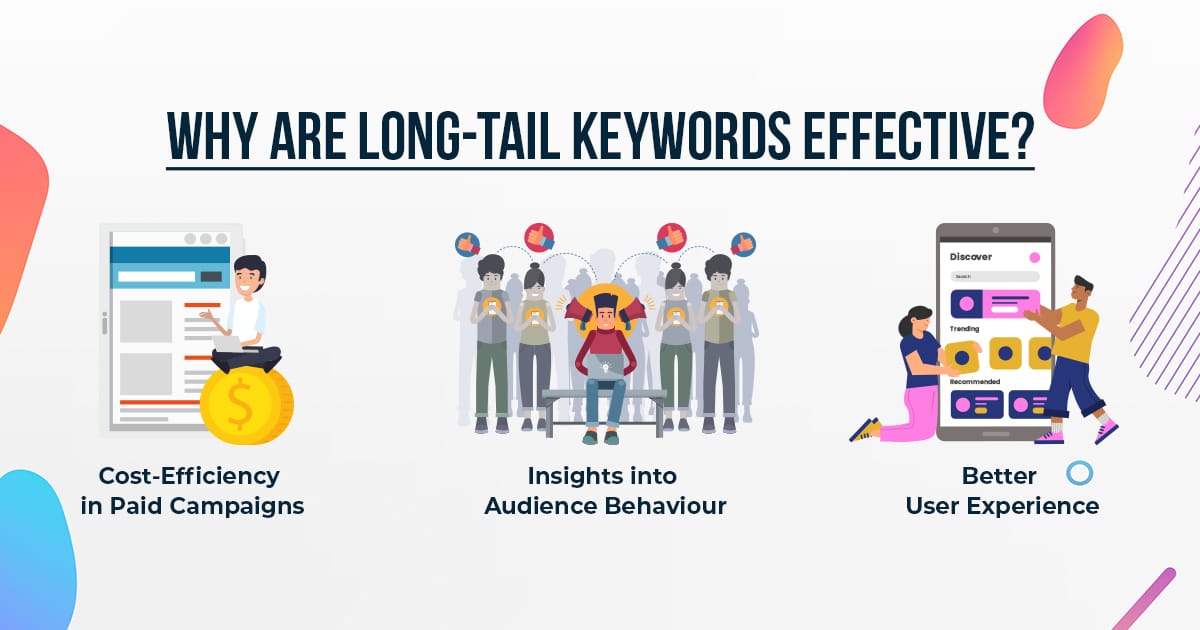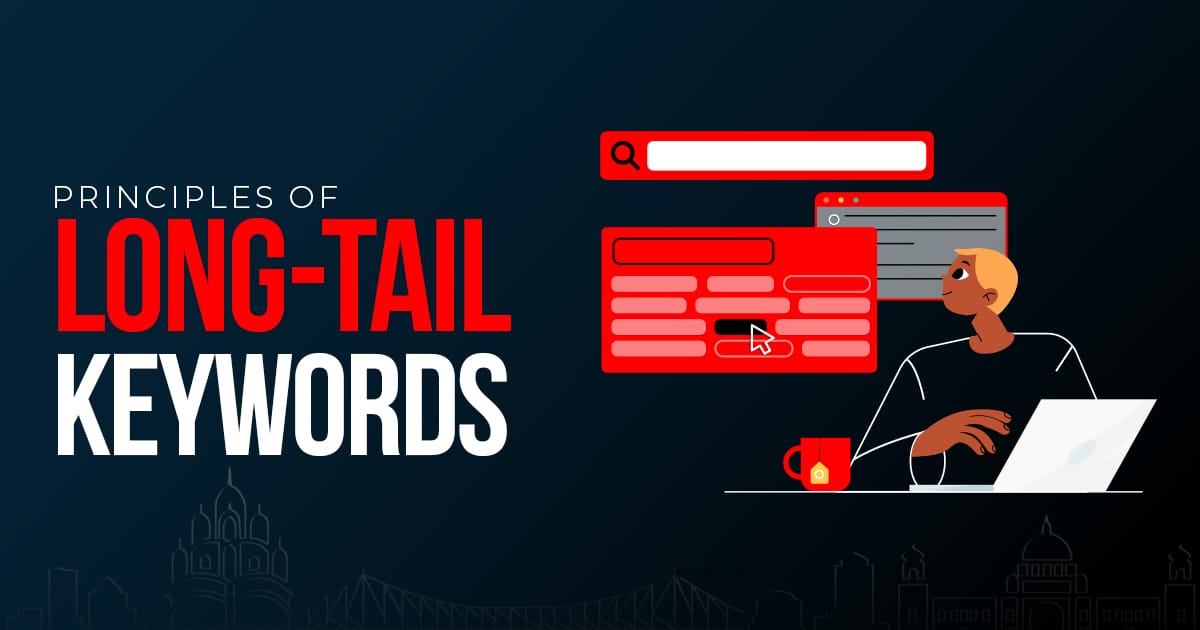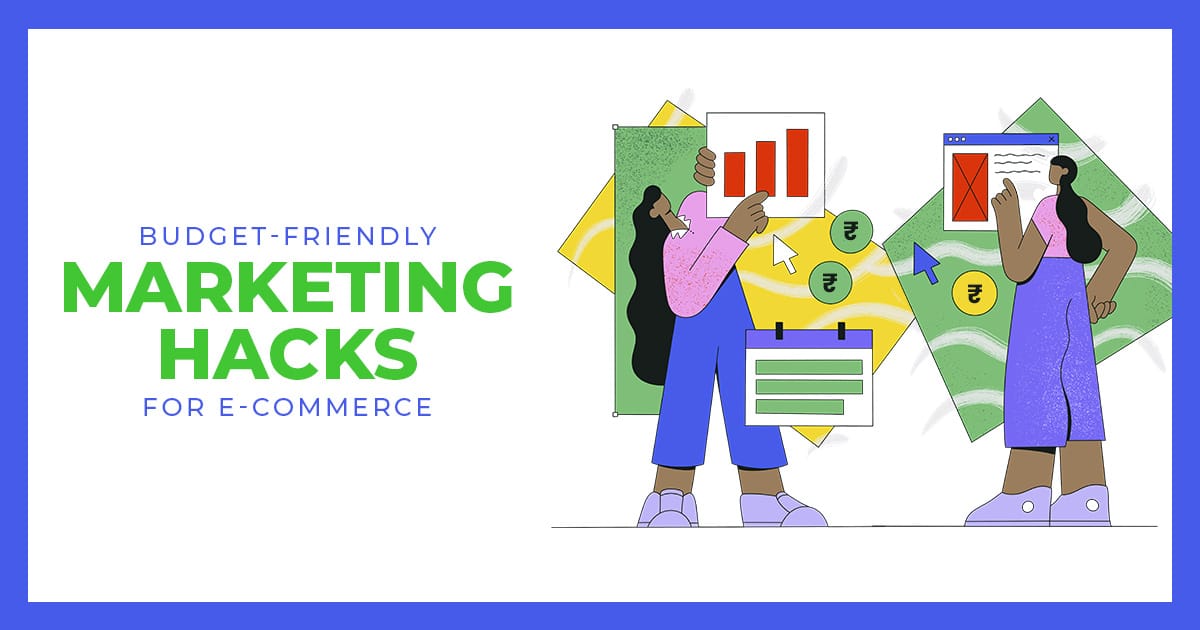SEO is constantly evolving, and with recent updates, keyword stuffing alone won’t cut it—in fact, it can even harm your rankings. Today’s SEO success is all about a strategic blend of techniques and approaches, rather than rigid rules. Years ago, keywords were typically just one or two words, but now, targeting niche audiences requires a more nuanced approach with varied keyword structures. As a SEO agency, at Gr8 Brews, we’re passionate about staying ahead of the curve, experimenting with the latest trends, and keeping you informed. Let’s dive into the power of long-tail keywords and how they’re reshaping SEO strategies:
What Are Long-Tail Keywords?
Long-tail keywords are specific search phrases, typically three words or longer, that convey more detailed intent compared to shorter, broad keywords. They help search engines understand not only what users are searching for but also the purpose behind their queries.
For example:
- Short keyword: “digital marketing”
- Long-tail keyword: “how to learn digital marketing for free”
The term “long-tail” refers to where these keywords appear on the search demand curve:
- The Fat Head: Popular, high-competition terms like “digital marketing.”
- The Chunky Middle: Moderately competitive phrases such as “digital marketing strategy.”
- The Long Tail: Niche, low-competition phrases like “affordable digital marketing courses for beginners.”
Long-tail keywords typically attract a smaller but more targeted audience, making them ideal for niche marketing and SEO strategies that prioritise relevancy over sheer volume.
1. What is the SEO Impact of Long-Tail Keywords?
A. Lower Competition, Easier Rankings
- Why it matters: Head keywords often have high search volume but also intense competition. For instance, ranking for “shoes” is much harder than “best running shoes for flat feet.”
- Impact: With long-tail keywords, you have a better chance of reaching top rankings and attracting interested users. Recent stats show that 91.8% of Google searches are for long-tail keywords, demonstrating their relevance in today’s search trends.
B. Improved User Intent Matching
- Why it matters: Long-tail keywords often reveal user intent. They let you align content with what users actually want to know.
- Impact: Aligning with user intent can boost engagement and conversion rates. Research indicates that searchers who use long-tail keywords are 2.18x more likely to click through to a site, as these searches are often more targeted and intentional.
C. Higher Conversion Rates
- Why it matters: Long-tail keywords tend to have higher conversion rates because they attract users who are closer to making a decision. These searchers have specific needs and are more likely to engage with relevant, detailed content.
- Impact: According to Ahrefs, 77.91% of organic conversions come from keywords that are three or more words long. This underscores the power of long-tail keywords to drive quality leads and conversions.
Examples of Long-Tail Keywords in Action
Imagine a potential customer searching for swimwear:
- Head keyword: “swimsuits” – High competition and vague intent.
- Chunky middle: “two-piece swimsuits” – Somewhat competitive with moderate intent.
- Long-tail: “affordable black two-piece swimsuit for beach vacation” – Niche, lower competition, and high buyer intent.
As this example shows, the more specific the search phrase, the clearer the user’s intent, which leads to better-targeted content and a higher likelihood of conversion.

2. Why are Long-Tail Keywords Effective?
- Cost-Efficiency in Paid Campaigns: Long-tail keywords are not only effective in organic search but also valuable for PPC campaigns. While popular keywords can be costly in pay-per-click advertising, long-tail keywords typically cost less. For brands with smaller budgets, targeting long-tail keywords in paid campaigns can be a smart move.
- Insights into Audience Behaviour: By analysing the long-tail keywords users employ, you gain insights into your audience’s needs, preferences, and pain points. This can guide your content strategy, product development, and marketing campaigns.
- Better User Experience: Content that aligns with user intent provides a positive experience, leading to increased dwell time and reduced bounce rates. This user satisfaction signals search engines that your content is valuable, which can further enhance your rankings.
3. Types of Search Intent and Their Relevance to Long-Tail Keywords
Understanding search intent is crucial when using long-tail keywords. There are four main types of search intent:
- Navigational: Users look for a specific page (e.g., “Ubersuggest login”).
- Informational: Users seek information on a topic (e.g., “what is SEO?”).
- Commercial: Users research options before purchasing (e.g., “best SEO tools for small businesses”).
- Transactional: Users aim to make a purchase or complete an action (e.g., “buy SEO course online”).
Long-tail keywords are particularly effective for commercial and transactional intents, where users are further along in their decision-making process and more likely to convert.
4. Myths About Long-Tail Keywords
Despite their effectiveness, several myths persist around long-tail keywords. Here are a few to be aware of:
Myth 1: Only target long-tail keywords
Fact: Focusing solely on either short-tail or long-tail keywords can be detrimental. Instead, balance both to optimise for varied user intent.
Myth 2: Use exact matches in headlines
Fact: Using exact-match keywords in headlines can lead to awkward phrasing. Aim for a natural flow, as search engines understand variations and synonyms.
Myth 3: Long-tail keywords are cheaper in all contexts
Fact: Some high-value long-tail keywords may be competitive in PPC campaigns. Always consider your industry’s landscape.
5. Where to Use Long-Tail Keywords
Long-tail keywords are versatile and can be effectively used in various content types, including:
- Blog Posts: Perfect for in-depth content targeting specific questions or pain points.
- Product Descriptions: Use descriptive phrases to capture interest from users looking for specific features.
- FAQs: Common long-tail questions that users have about your products or services.
- How-to Guides: Address specific needs and attract users seeking detailed information.
They may be less suitable for home pages or brand pages, which benefit from more general, brand-focused terms.
How As a SEO Agency in Kolkata Gr8 Brews Uses Long-Tail Keywords to Brew Marketing Success
Gr8 Brews specialises in helping brands dominate search results through targeted long-tail keywords, drawing in niche audiences ready to engage. Here’s how we do it:
I. Audience-Focused Keyword Research
- Deep Dive into Audience Needs: We analyse your target audience, identifying keywords that match their exact intent. For instance, “affordable branding services for small businesses” speaks directly to budget-conscious clients.
- Advanced Tools & Intent Matching: Using tools like SEMrush and Ahrefs, we find high-impact keywords that align with your buyer’s journey, whether they’re researching (“how to build a brand identity”) or ready to buy (“top marketing agency for startups”).
II. Engaging, High-Quality Content
- Tailored Blog Posts & Guides: Our content addresses specific, high-interest topics, such as “branding tips for local businesses,” naturally incorporating long-tail keywords to rank and resonate.
- Optimising Existing Content: Gr8 Brews enhances your current content by weaving in relevant long-tail phrases, ensuring it meets search intent and attracts more qualified traffic.
III. On-Page Optimization and Technical SEO
- Keyword-Optimised Slugs: We create SEO-friendly slugs, such as “effective-digital-marketing-strategies,” so Google and users easily grasp your page’s relevance.
- Internal Linking & Schema Markup: We reinforce page connections through strategic linking and enhance visibility with schema for FAQ-rich snippets on long-tail keywords.
IV. Dedicated Landing Pages
- Focused Conversion Pages: For high-converting searches like “local digital marketing for small businesses,” Gr8 Brews builds landing pages that speak directly to searcher needs, with clear CTAs for maximum impact.
V. Ongoing Tracking and Strategy Refinement
- Data-Driven Adjustments: We monitor key metrics like conversion rates and adapt to new trends, ensuring your SEO strategy evolves with your audience.
- A/B Testing: To fine-tune results, Gr8 Brews tests variations of content and CTAs, optimising for what converts best.
VI. Localised and Industry-Specific Keywords
- Targeted Location Keywords: Gr8 Brews enhances relevance with geo-targeting like “branding agency in London,” connecting you with local audiences.
- Sector-Specific Phrasing: We use industry terms to reach niche audiences, such as “real estate social media marketing,” making your brand the go-to for specific needs.
VII. Content Repurposing for Extended Reach
- From Blog to Social & Video: We adapt key insights into social posts, infographics, and video content, expanding reach across platforms while keeping content fresh.
VIII. Transparent Reporting and Collaboration
- Detailed Reports & Strategy Reviews: Regular updates on keyword performance and traffic keep you informed and let us fine-tune for emerging opportunities.
Overwhelmed by the endless SEO tactics? Leave the heavy lifting to experts who can craft a tailored, foolproof SEO plan that propels your brand to rank higher, faster. With Gr8 Brews—most affordable SEO service agency in Kolkata—your SEO needs are in the best hands. Don’t wait; let us deliver the results you’re after. Connect with us today!





